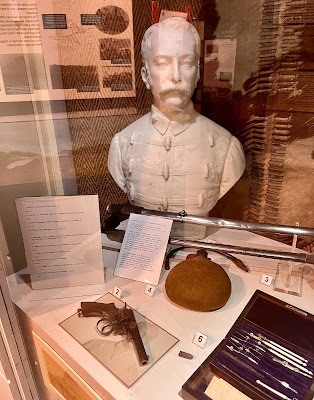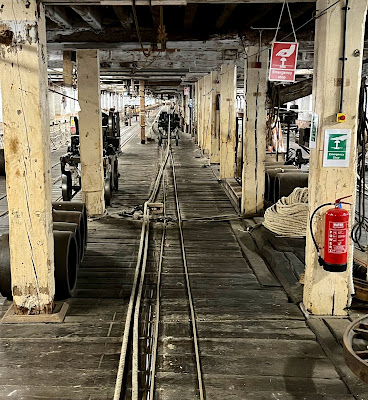My latest bedtime fiction reading has been Our Balkan Princess by K.H. Wenham. This is one of a series of novels about an MI6 agent Drex Ellis. The word Balkan of course, drew me in.
The essence of the plot is that Drex is sent to Trieste in 1943 to recover scientific notes from a group of Yugoslav royals being held in a country house near Trieste. This is all happening just after the fall of Mussolini, so the Germans are running the show. His somewhat dubious cover is as an Irish photographer for Life Magazine, doing a photoshoot of the Royals. The Germans apparently consent to this for propaganda purposes.
Trieste is an interesting place in WW2. Italy held it, although its hinterland was largely Slovene, and Croatia is also very close. It became a flashpoint at the end of the war between the British and Tito's partisans in what is known as the Race for Trieste. And again in 1953, when Italian and Yugoslav troops squared up.
I won't spoil the story, but our hero has to rescue one of the royals, Princess Aleksandra of Carinthia, in return for her giving him the notes. This involves meeting up with British SOE operatives working with the Slovene resistance. They are also aided by an Italian officer concerned about the Lipizzaner horses at the nearby stud farm.
There is only the faintest nod to actual history in this story. The Yugoslav royal family did not hang around to be captured by the Italians in WW2. They were Serbian and unlikely to fancy trekking around the Slovenian hills with the local resistance. Even with the modest number of Royalists. The Slovene forces were dominated by home guard units until the Italian collapse. This transformed the communist-led insurgency into a mass popular uprising. The Germans were initially pinned down in the cities like Trieste, and the fighting described in the book around Gorizia did happen. However, the partisans were doing most of this fighting as usual.
Putting historical revisionism to one side, this is a decent story, well-written. I doubt I will pick up the rest in the series, but you won't feel robbed of the few quid this is selling for on Kindle.
 |
| Some of my 28mm Partisans around the campfire. |


















































